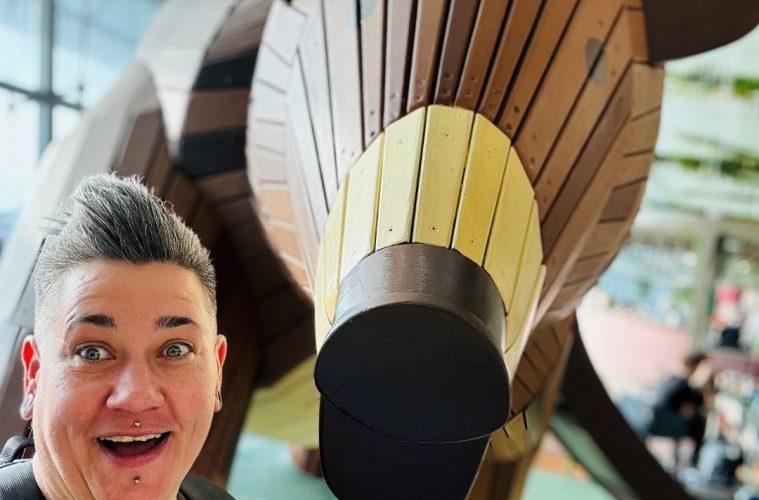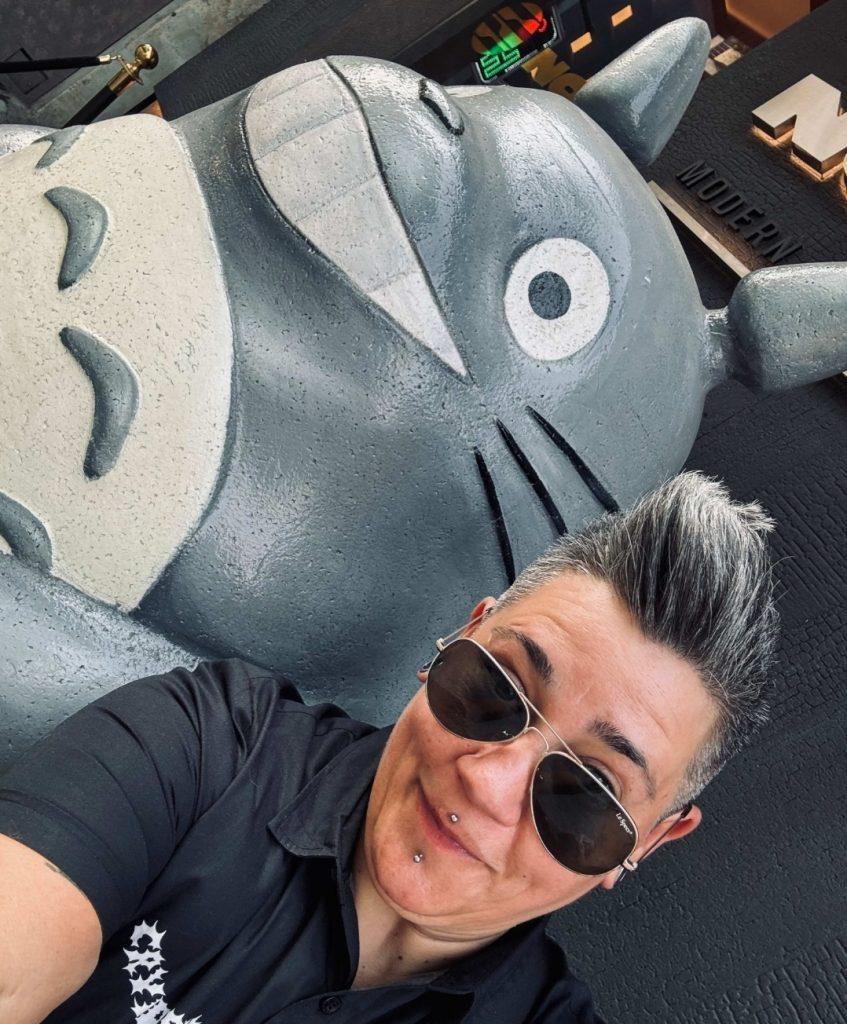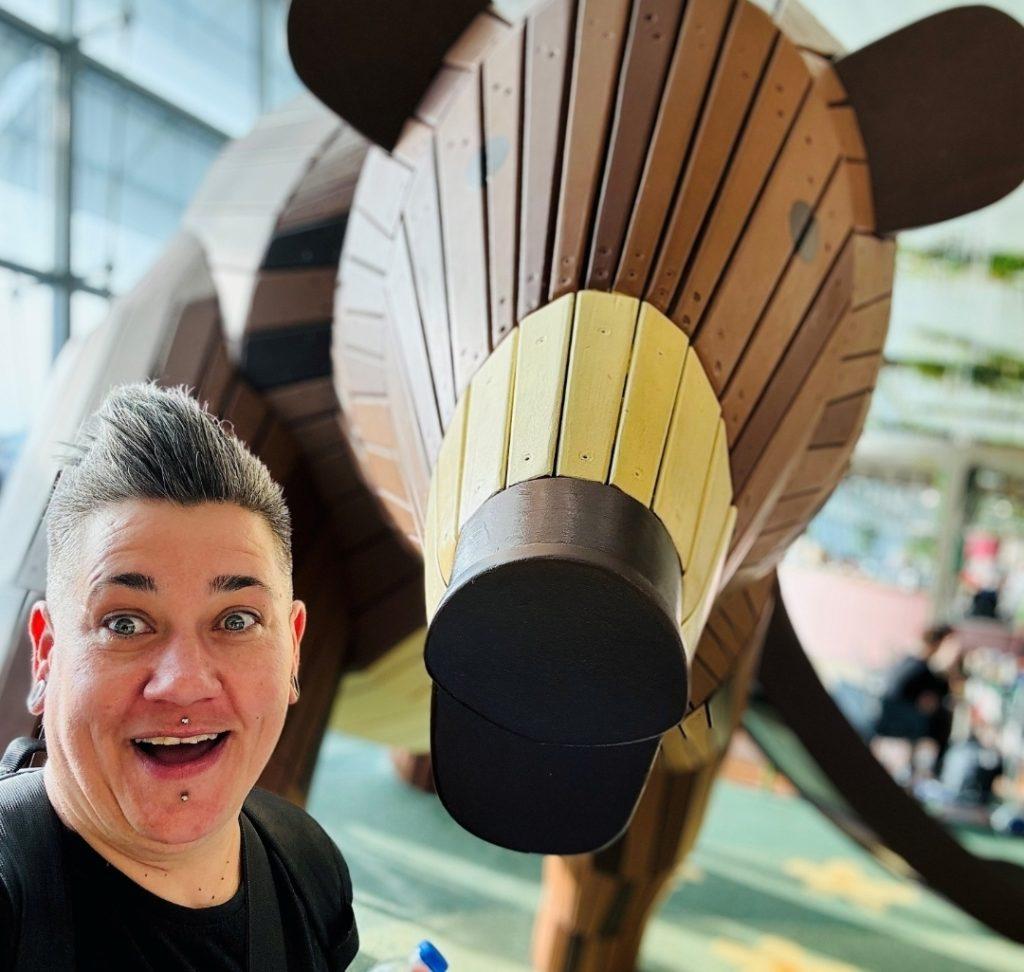In a world of fleeting trends, mass production and AI, finding one’s own creative voice and a way to make a contribution requires more than talent alone. It takes courage, curiosity and an ability to deeply hear and resonate with stories, especially those of others. Anet Norval- Fariña, visual storyteller, illustrator and one of the judges of the 2025 IWISA No 1 Fills Bold competition, explains that public design competitions are a critical enabler of this process – and increasingly needed by the next generation, particularly those who are self-taught.
In South Africa, where youth unemployment remains critically high[1] and formal access to education remains uneven, finding your “creative voice” and a platform to share it matters. “While over 30 universities and colleges offer formal qualifications in design and fashion (including the University of Johannesburg, DUT, Vega and FEDISA, among others), tens of thousands of young creatives are navigating their creative career path outside these spaces,” explains Norval- Fariña. “They’re learning on TikTok, selling upcycled fashion on Instagram and using borrowed data to watch tutorials. These ‘students’ are already part of the informal creative economy which, according to the UNCTAD Creative Economy Outlook 2024, accounts for between 70 and 95% of creative output in many African countries.”
Converting this potential into real economic opportunity and formal participation is a challenge, however.
According to the UNCTAD report, the global creative economy contributes 3.1% to global GDP and up to 6.2% of global employment, with some developing countries having almost 12.5% of their workforce employed in the sector. “Our local creative industries contributed just 3% to GVA (Gross Value Added) in 2020, employing an estimated 4.1% of the workforce. While these figures might be argued to be outdated, our country’s economic growth rate since 2020 would suggest that they probably still hold: highlighting untapped potential and a need for far more inclusive growth platforms that target our youth in particular.”
This is where public design competitions come in. “Public design competitions act as both catalysts and connectors,” explains Norval- Fariña. “They validate emerging talent, offer real-world briefs and give young designers the chance to build portfolios and gain market visibility – with the possibility of launching their careers.”
They also provide structured creative constraints, introduce deadlines and connect participants to peers and professionals – fast-tracking learning. “This is a rare and valuable combination for informal creatives, especially those wanting to professionalise their work and launch a ‘formal’ career,” she notes.
The IWISA No.1 Fills Bold Designer Search is an example of this in action. Launched in May and open to South Africans aged 18 to 35, it invites entrants to create a six-piece streetwear collection inspired by the brand’s iconic legacy and bold cultural relevance. “Because the Ts&Cs and entry process is so structured – taking a ‘professional agency’ type approach – it forces you to create and follow a formalised process,” Norval- Fariña explains. “This includes developing an original (not Chat GPT-generated!) supporting motivation, forcing students to articulate the ‘story’ behind their work consciously and intentionally.”
For many, this could involve sourcing real-life IWISA brand stories from family, friends and community members: in their lived experiences of consumers. “This process of direct engagement has massive value, especially if you are self-taught. It forces young creatives to move out of their digital comfort zone and into the real world, where they will have to grapple with relevance and authentic connection. After all, this is the power of brands – even more so for iconic and legacy brands like IWISA No 1.”
In this way, public design competitions can be ecosystem-building; which is why our young designers and creatives need more of them. “When you give young people something real to design for – and a real platform to be seen (like the exposure being offered to the IWISA No 1 Fills Bold winners) – you can start to ignite creative economies from the bottom up. If you build confidence relating to ‘raw’ and ‘untaught’ talent, you open doors to the formal sector.”
With the latest UNCTAD report on the Creative Economy showing that creative goods exports reached US$713 billion in 2022, and creative services (including design, digital content and architecture) earned a record US$1.4 trillion, it’s suddenly easy to appreciate the economic value of creativity, and the need to formalise and support the pipeline of our young talent feeding it.
“When we back bold ideas through competitions like Iwisa’s Fills Bold, we build bright futures,” says Norval- Fariña. “We need more public design competitions not just to reward individual talent, but to create footholds into the formal economy for the thousands of young creatives in our communities who’ve been left out for too long. If you’re one of these individuals, my message to you very simply is that this is your time! Find opportunities to participate in competitions like Fills Bold; take action and enter. This could be the start of something you haven’t yet imagined for your future.”




